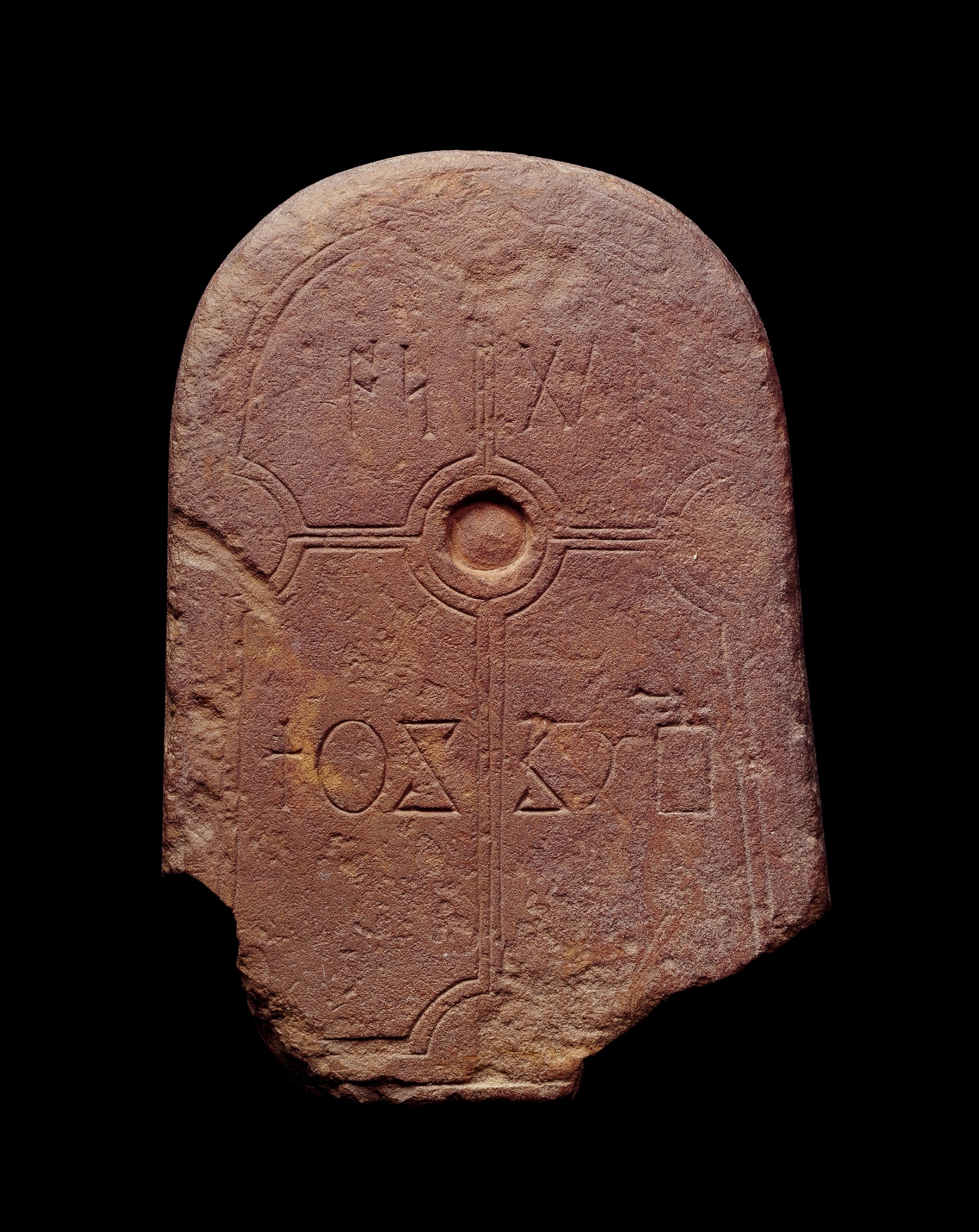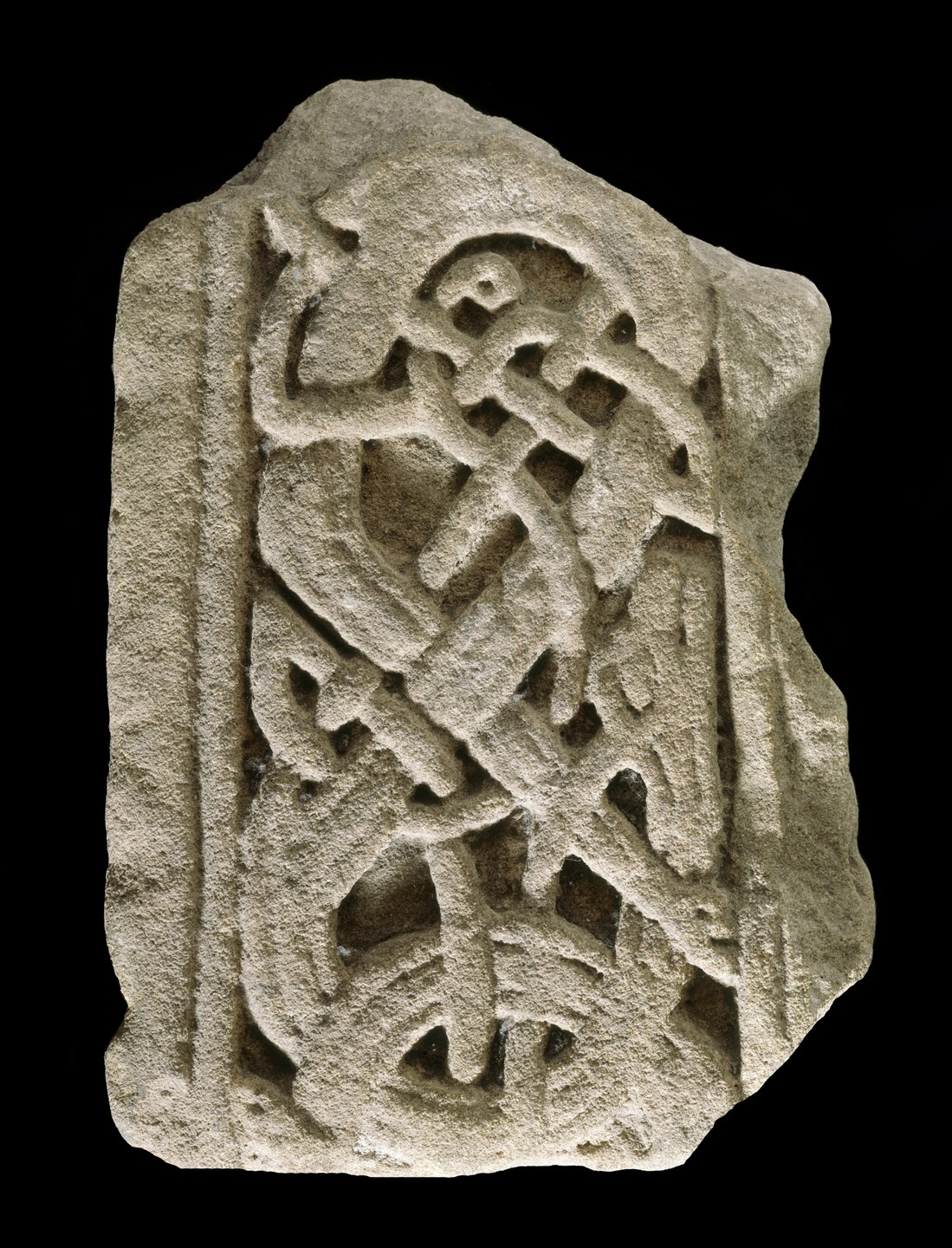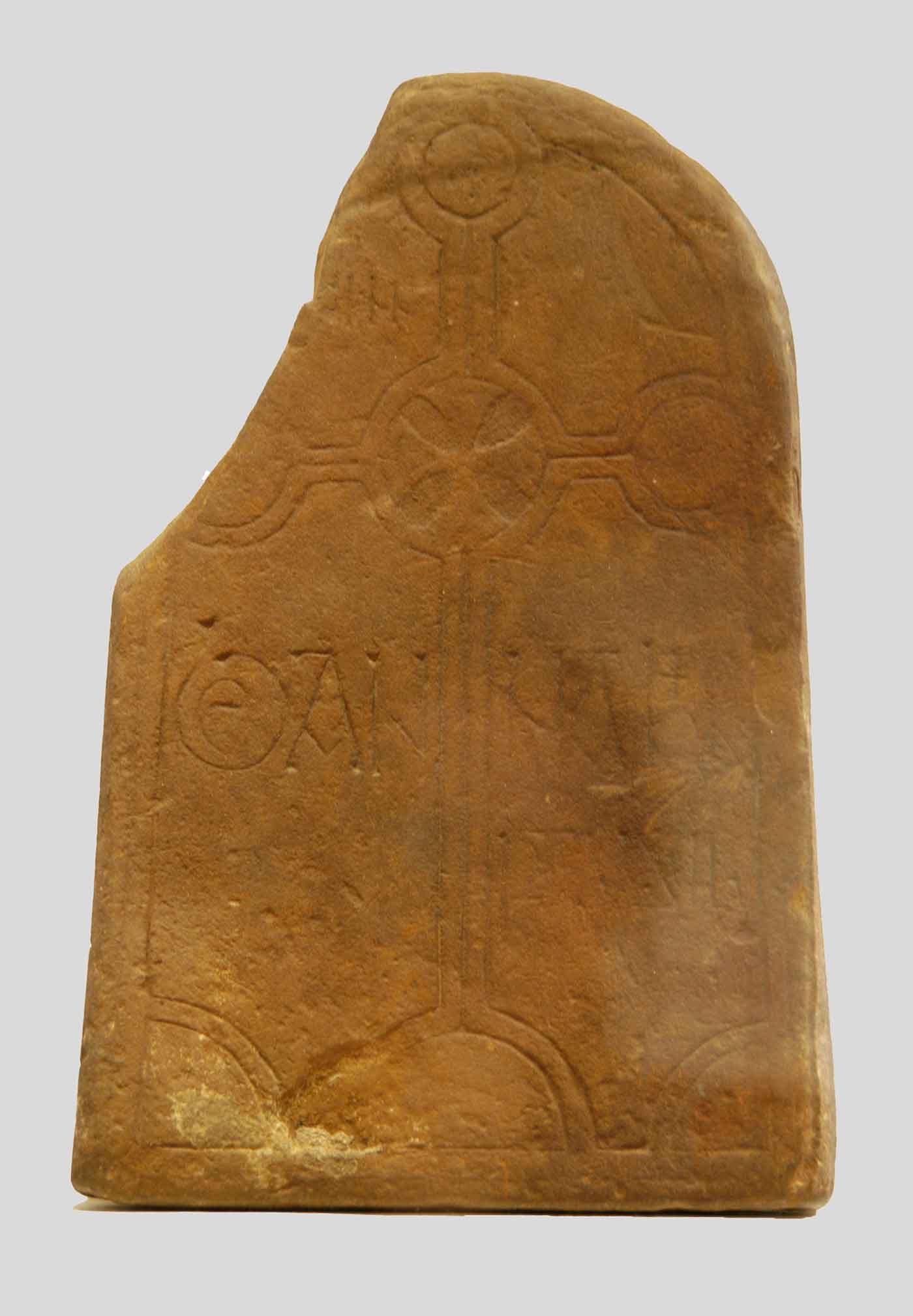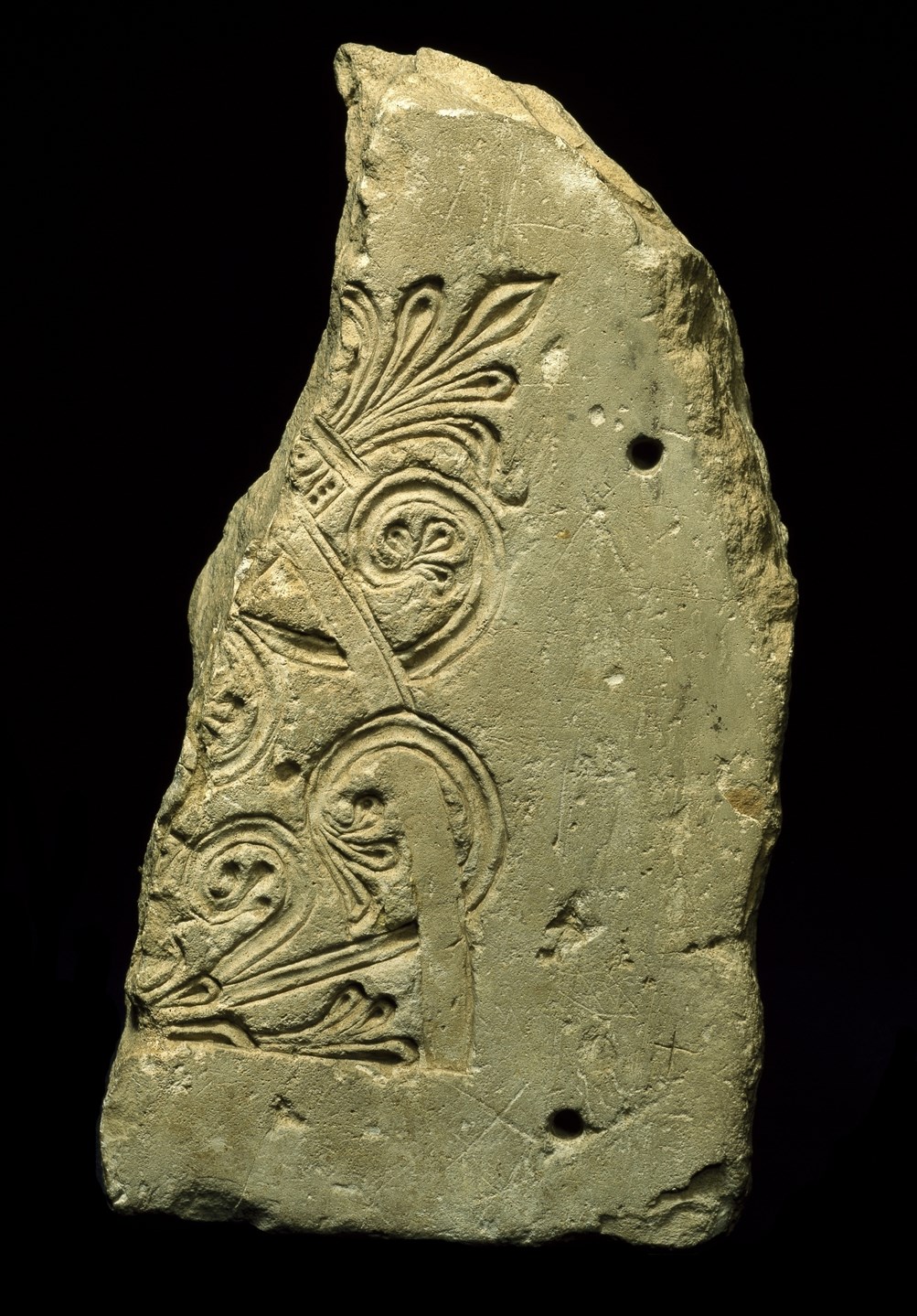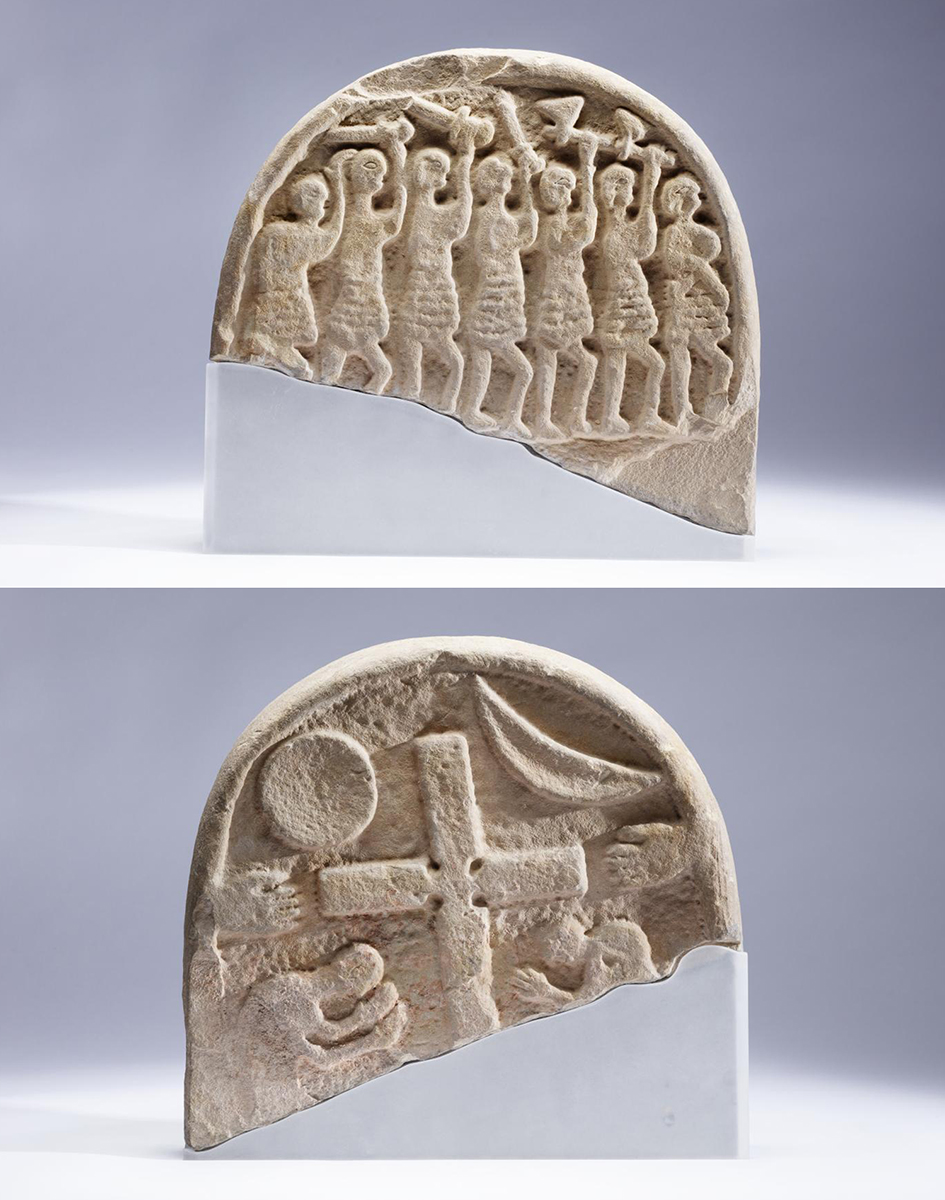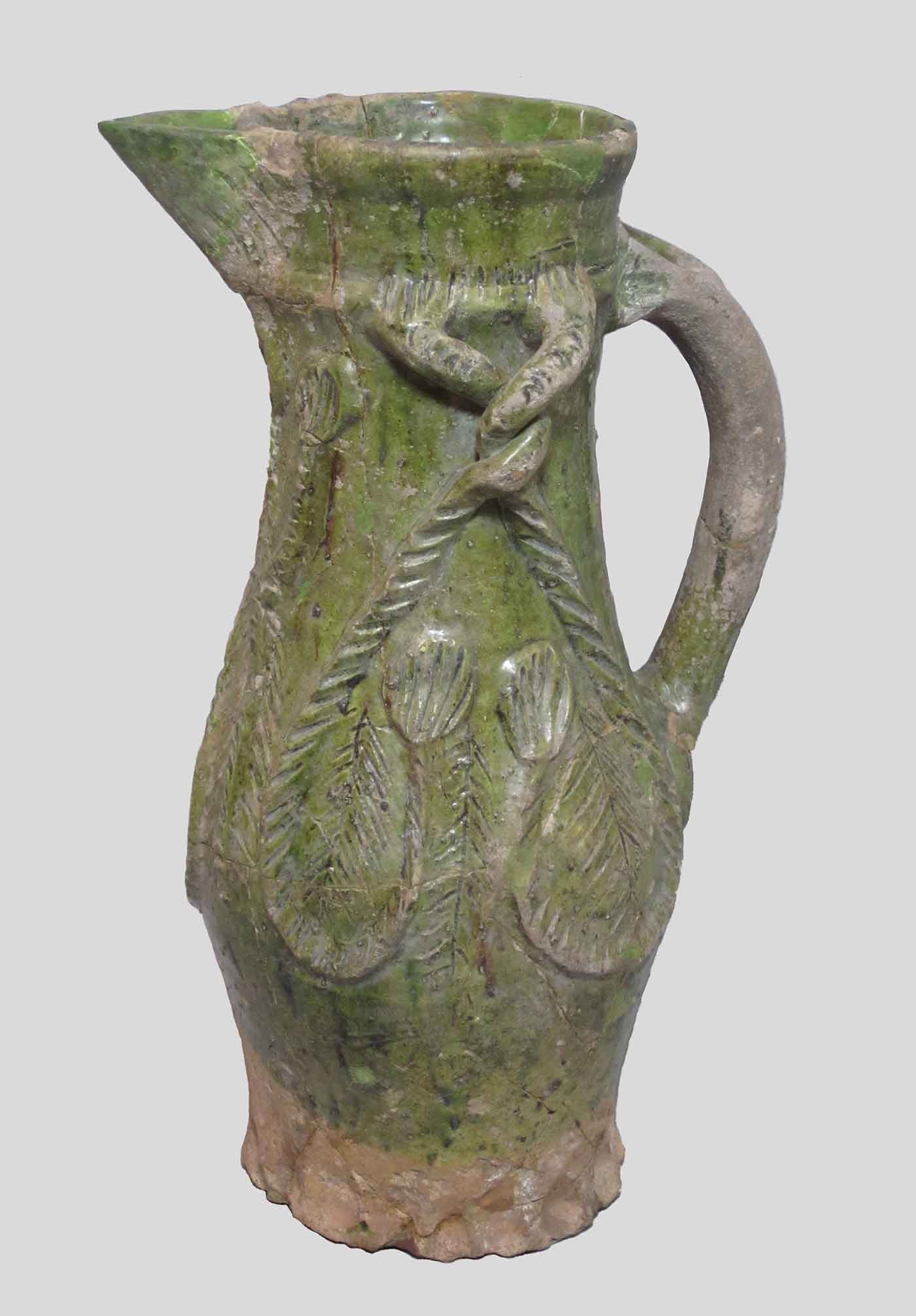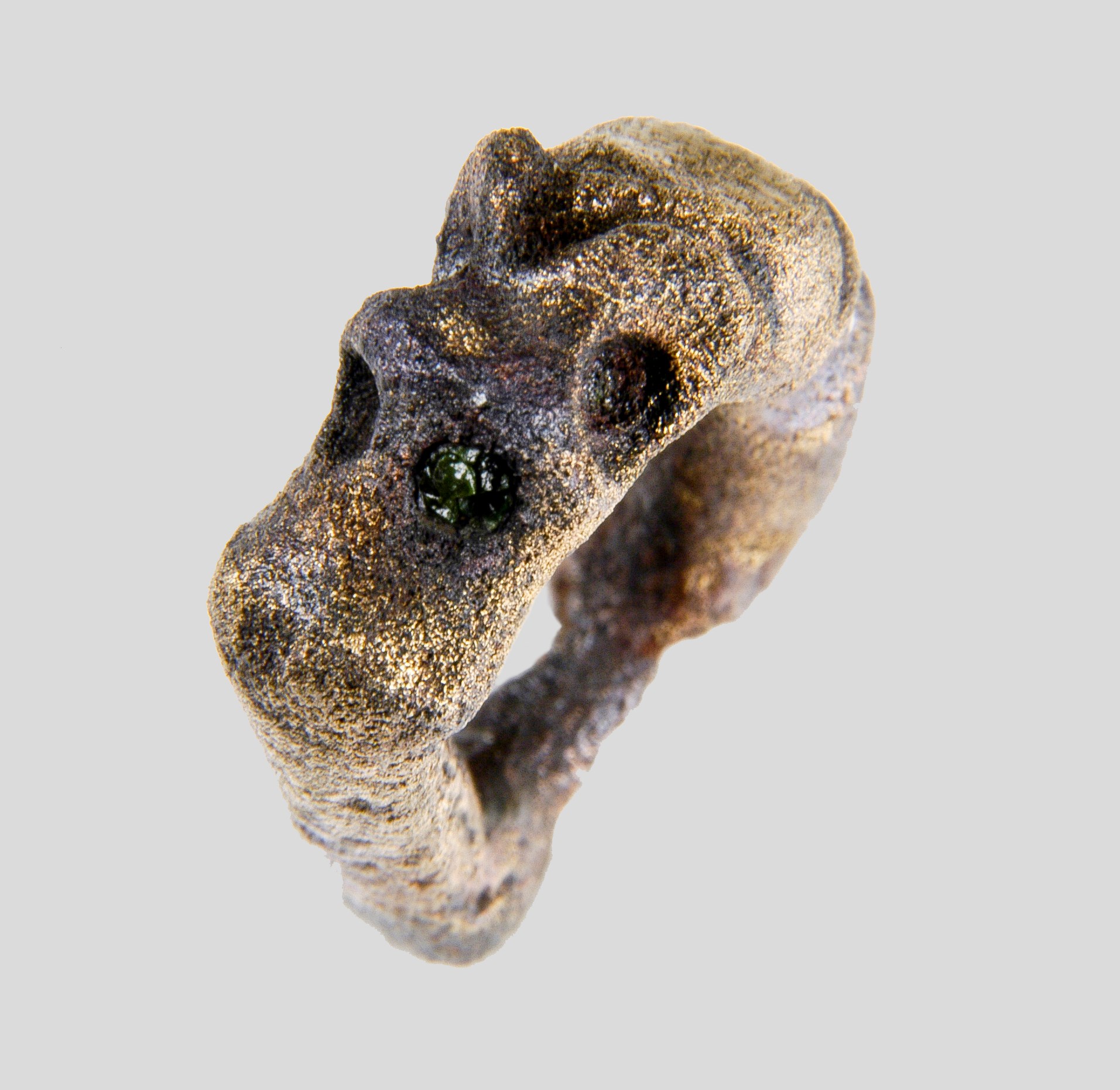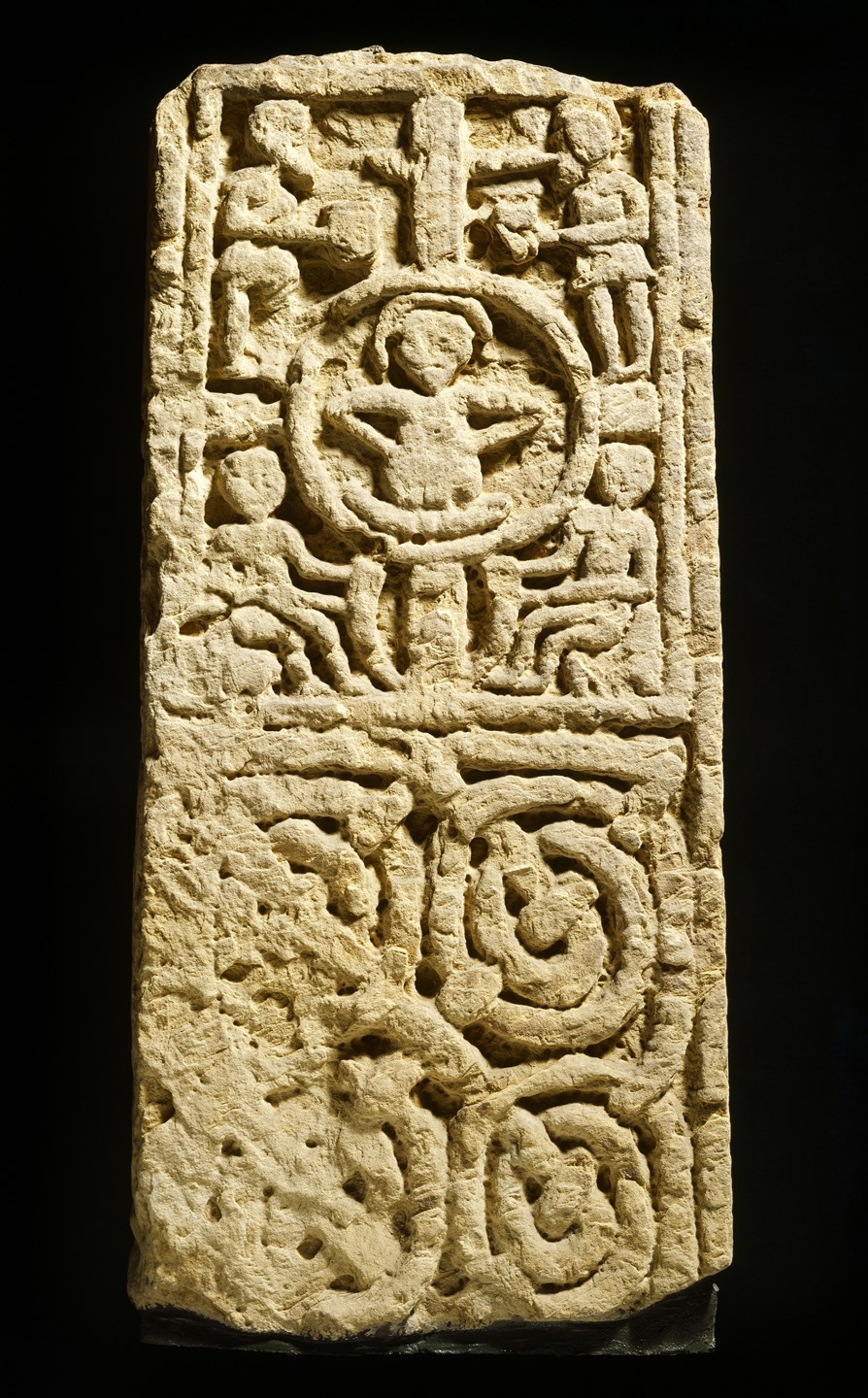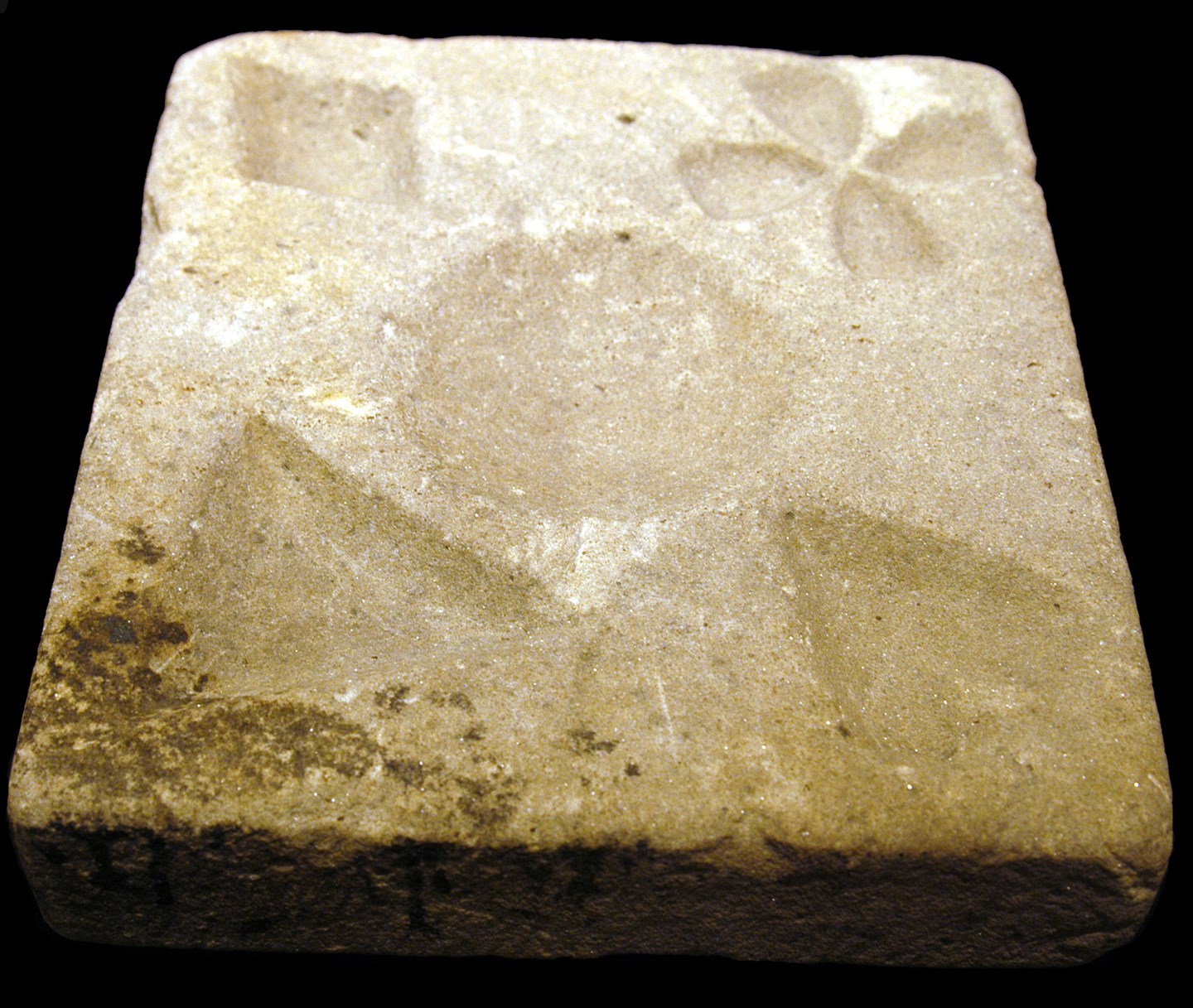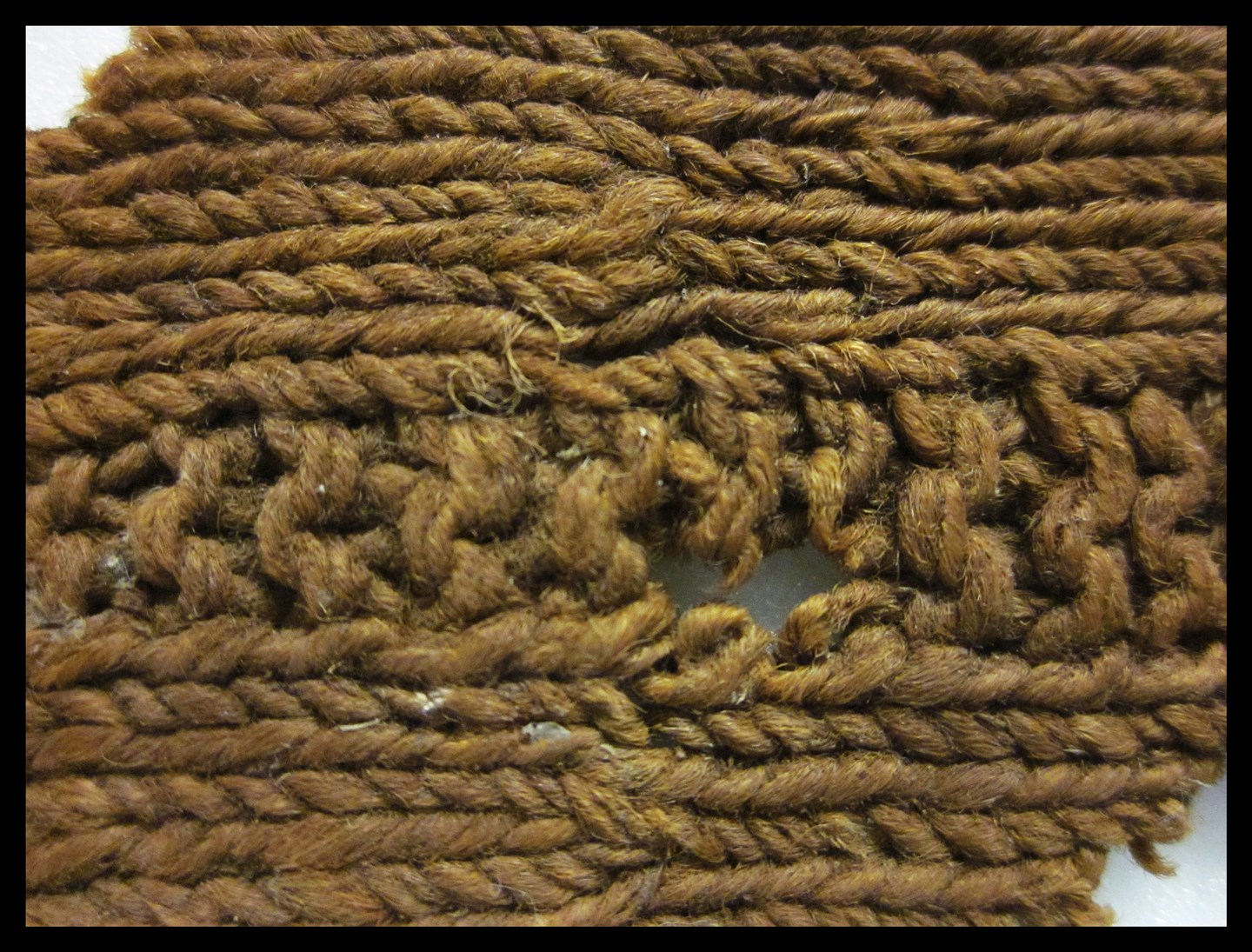Explore in 3D
English Heritage have worked in partnership with Dig Ventures to enable the Anglo Saxon stones from Lindisfarne Priory to be 3D scanned. Dig ventures have created two virtual museums which you can enter via the links below to view these stones in incredible detail.
One shows all of the internationally significant name stones discovered on Holy Island dating from when the Lindisfarne Gospels were created, in around AD700, into the early 9th century. They name members of several generations of the monastic community and can be seen first-hand in the site museum. The other shows all of the Anglo Saxon sculpture from the site including fragments from standing crosses, a cross base and architectural features which are displayed in the site museum, and held in storage.

